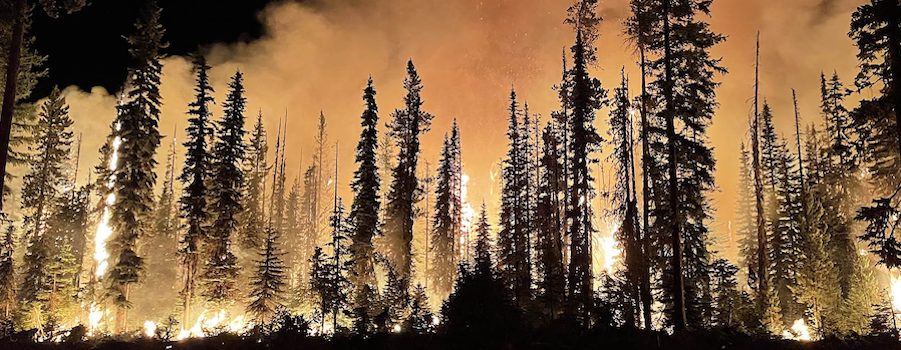
Forests are engaged in a delicate, deadly dance with climate change, hosting abundant biodiversity and sucking carbon dioxide out of the air with billions of leafy straws. They can be a part of the climate solution as long as global warming, with its droughts, wildfires and ecosystem shifts, doesn’t kill them first.
In a study published in Science, William Anderegg and colleagues quantify the risk to forests from climate change along three dimensions: carbon storage, biodiversity and forest loss from disturbance, such as fire or drought. The results show forests in some regions experiencing clear and consistent risks. In other regions, the risk profile is less clear, because different approaches that account for disparate aspects of climate risk yield diverging answers.
“If forests are tapped to play an important role in climate mitigation,” the authors write, “an enormous scientific effort is needed to better shed light on when and where forests will be resilient to climate change in the 21st century.”
Anderegg is an associate professor in the School of Biological Sciences and a faculty affiliate with the GCSC.
Read the full article by Paul Gabrielsen in @theU.
